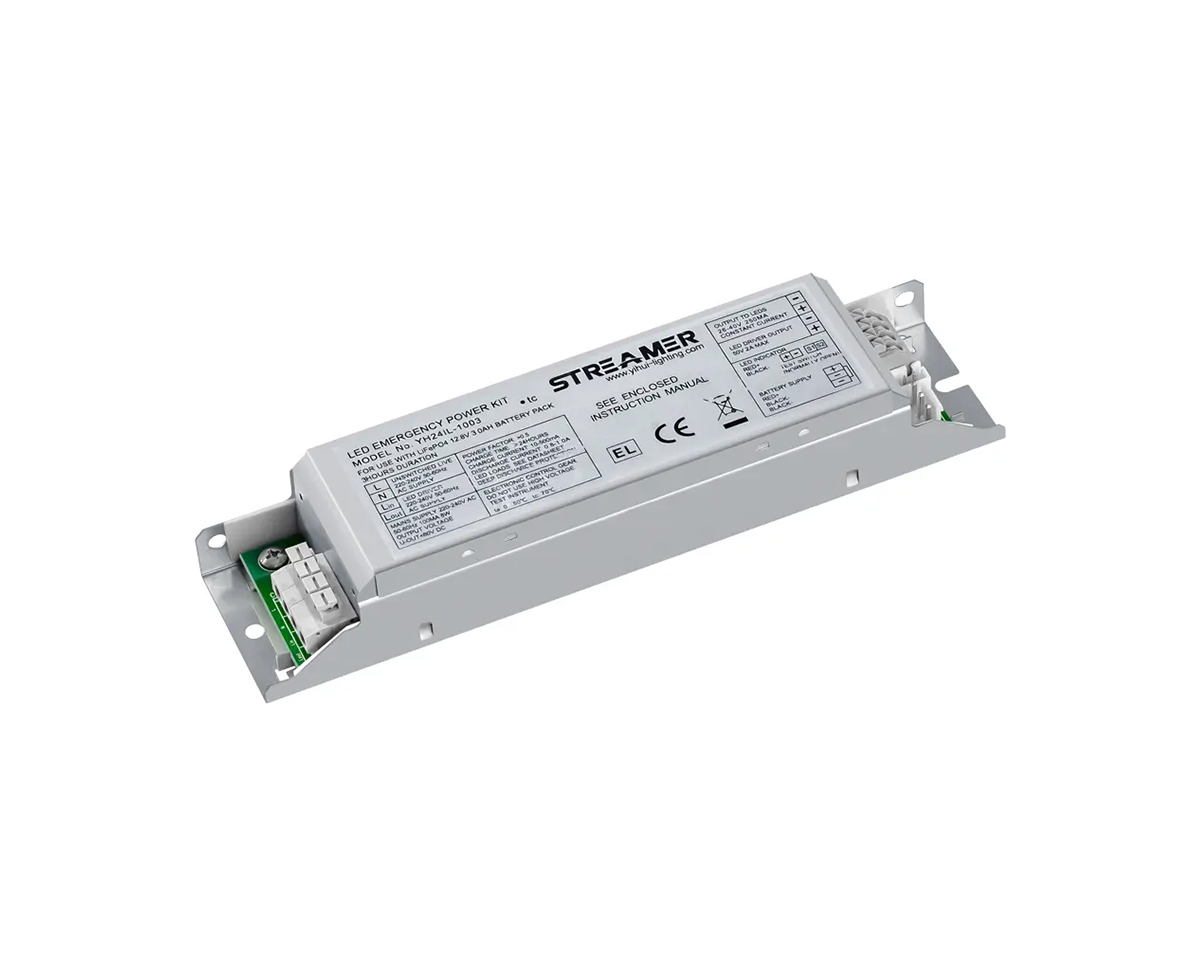 1
1
 Jan 01, 2025
Jan 01, 2025

LED emergency drivers come in a variety of specifications to meet different needs. Understanding these specifications is crucial for choosing the right driver for a specific application.
One of the key specifications is the input voltage range. This determines the type of power source that can be used to power the driver. For example, some drivers are designed to work with 120V AC input, while others can handle 220V AC or even a wider range of voltages. The input voltage range needs to match the available power supply in the installation location.
The output voltage and current are also important specifications. The output voltage should be compatible with the LED lights being used. For example, if the LEDs require a specific voltage such as 24V DC, the emergency driver must be able to provide that voltage. The output current determines the maximum amount of current that can be supplied to the LEDs. This needs to be sufficient to power the LEDs at their rated brightness without overloading the driver.
Another specification is the power rating. This indicates the maximum power that the driver can handle. It is important to choose a driver with a power rating that is higher than the total power consumption of the LEDs to ensure reliable operation. For example, if the LEDs consume 30 watts of power, a driver with a power rating of at least 35 watts would be a good choice.
The size and form factor of the emergency driver can also be important considerations. Some drivers are designed to be installed in a specific enclosure or location, so their physical dimensions need to be compatible. Additionally, some drivers may have features such as built-in batteries or chargers, which can affect their size and weight.
In addition to these basic specifications, some LED emergency drivers may have additional features such as dimming capabilities, programmable settings, or remote control options. These features can provide added flexibility and functionality for specific applications.